Updated date: 10/08/2023 05:46:37
DTO - Dong Thap is the rice granary of the Mekong Delta and the whole country. The source of raw materials from rice production is about 3.3 million tons/year. Therefore, the amount of agricultural by-products is quite large. It is estimated that each year, the province has over 5 million tons of agricultural by-products and 19 million tons of sludge from catfish ponds. Realizing the potential of agricultural by-products and waste, many enterprises in the province have invested in technology to process agricultural by-products and waste into high-value products.
Waste obtained from raising black soldier fly larvae is processed by ENDOTA Technology Company Limited to become organic fertilizer for plants.
Processing by-products into renewable resources
A typical example is the rice husk recycling model of Mai Anh Dong Thap Company Limited. According to the company's leaders, Dong Thap is one of the country's largest rice granaries, so the source of rice husks obtained after milling rice is extremely abundant and stable. Grasping the development trend of the market and aiming for a green revolution for the economy , Mai Anh Dong Thap Company has chosen rice husks as the main source of raw materials for all of its products.
From the collected rice husks, using advanced technology, this unit has produced products serving both agriculture and industry. For example, rice husk charcoal (biochar) is stewed in anaerobic conditions, the rice husk produces biological rice husk charcoal with a biomass carbon ratio of 35-40%. Bio-rice husk charcoal is mixed with raw materials to produce safe organic fertilizer, applied to the soil to help improve the soil. In addition, rice husks are also used to produce fuels (biomass) such as: rice husk pellets, crushed rice husk firewood, silica... which are environmentally friendly.
In the seafood industry, many enterprises have taken advantage of exploiting and processing by-products into value-added products, such as pangasius. In addition to the exported fillet, many by-products (head, intestines, bones, fat, fish skin) have been invested in technology to process into high-value products. Vinh Hoan Joint Stock Company, in addition to the main product of pangasius fillet accounting for 66%, also exports of value-added products accounting for 19%. In particular, the group of collagen and gelatin products extracted from pangasius skin brings in the third highest revenue for the company.
Rolling straw in the field for multiple purposes - one of the solutions to limit the burning of straw that pollutes the environment
Not only large enterprises with huge expenditures for green development, but also many small and medium enterprises are choosing the path of developing products according to a circular and sustainable model. ENDOTA Technology Co., Ltd., My Tho town, Cao Lanh district, implements a process of processing mango by-products according to a circular cycle from processing and cultivation, bringing high efficiency. Accordingly, the company takes advantage of mango waste to raise black soldier fly larvae; uses black soldier fly larvae as feed for ducks, chickens or processes them into biological products of hydrolyzed solution to provide nutrition for farming, aquaculture, etc. In addition to bringing high economic efficiency, the model initially also contributes positively to environmental treatment, especially solving the problem of mango by-products.
Phu Tho Cooperative, Phu Tho Hamlet, An Long Commune, Tam Nong District, implemented a circular organic rice production model associated with traceability, which also brought about remarkable results. Accordingly, straw after the rice harvest is collected for straw mushroom production, and after the mushroom season ends, straw is collected to produce organic fertilizer for crops. The model is effective thanks to maximizing the benefits of straw for mushroom production and profits from cheap organic fertilizer (estimated cost of organic fertilizer production is only 3,000-3,500 VND/kg).
Or the model of producing organic fertilizer from water chestnut shells (implemented in Binh Thanh commune, Lap Vo district) has contributed to solving about 30 tons of water chestnut shells each month. In addition to creating more fertilizer for plants, the model also contributes to solving the amount of waste in agriculture...
The black soldier fly farming model of ENDOTA Technology Company Limited contributes to the treatment of environmental pollution from mango by-products.
The potential of agricultural by-products is still very large.
It can be seen that promoting the recycling and reuse of waste and by-products after production has brought many benefits to businesses and the environment. For businesses, it will help reduce costs and increase product competitiveness. For the environment, it will limit the large source of waste from production activities...
Currently, Dong Thap has a source of raw materials from rice production of about 3.3 million tons/year, with a huge amount of waste and by-products from agricultural production and aquaculture activities. It is estimated that each year, the province has over 5 million tons of agricultural by-products and 19 million tons of sludge from catfish ponds (of which, waste and by-products from rice production and processing are estimated at over 4 million tons, vegetables 389 thousand tons, fruit trees 277 thousand tons, catfish processing 151 thousand tons), if utilized effectively, it will bring great benefits.
However, according to the assessment of the agricultural sector, the development of circular economy in the agricultural sector has not really reached a high level, there are still many agricultural by-products that have not been reused locally, the waste of crop and livestock by-products still exists... Circular economic models in agriculture in Dong Thap province in the past have mainly been combined agriculture, ecological agriculture, traditional production,... still limited in quantity, quality and low level of technology application.
According to experts, developing a circular economy is an inevitable development direction in the current integration context. Most of the free trade agreements that Vietnam has signed have regulations and agreements on sustainable development, environmental protection, climate change response and must comply with waste and emission standards. Therefore, the promotion of recycling and reuse of waste by enterprises will be an important factor for Vietnam to meet the environmental protection requirements in these agreements. This is also a premise for Vietnam to accelerate the transition to a circular economic model and environmental protection.
By-products from tra fish in the province are 151 thousand tons/year.
As for Dong Thap province, to continue to promote the comprehensive development of circular agriculture by 2025, according to Mr. Le Quoc Dien - Deputy Director of the Department of Agriculture and Rural Development, the province will promote solutions such as: continuing to restructure the agricultural sector towards increasing added value and sustainable development; promoting the transfer of technical advances through training conferences, seminars, building and implementing projects and agricultural demonstration models towards applying high technology, biosafety, and using post-harvest waste and by-products; perfecting and developing circular economic models; continuing to effectively implement the State's policies and guidelines to promote circular economy...
MN
Source



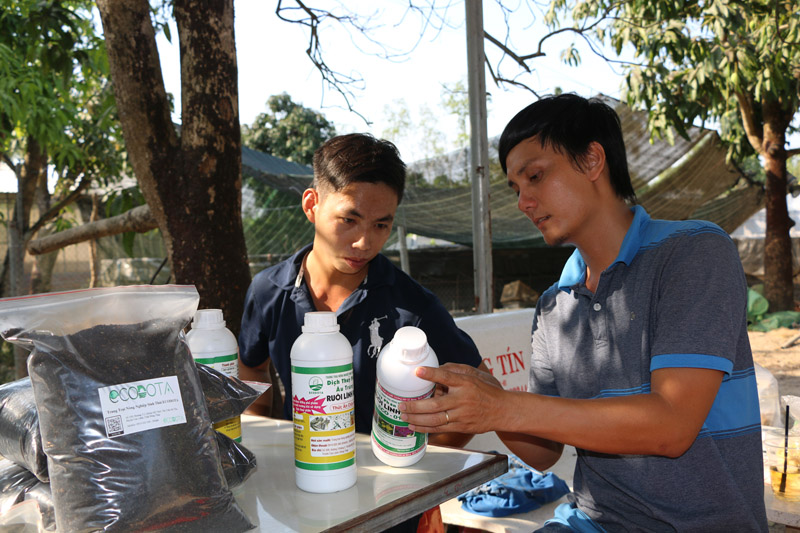
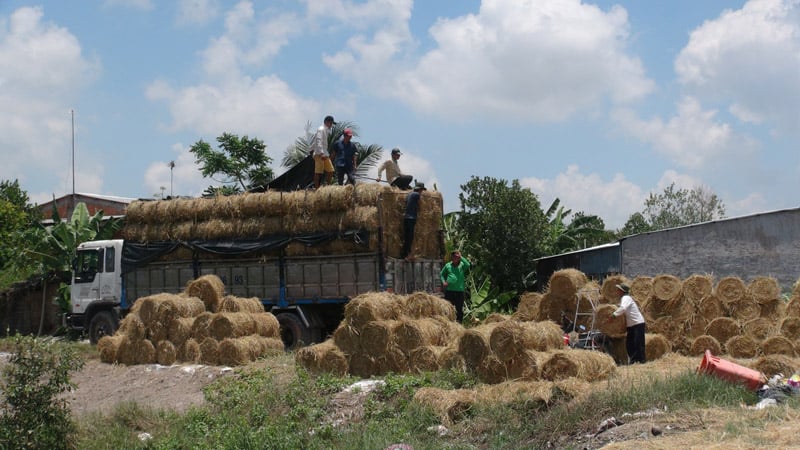
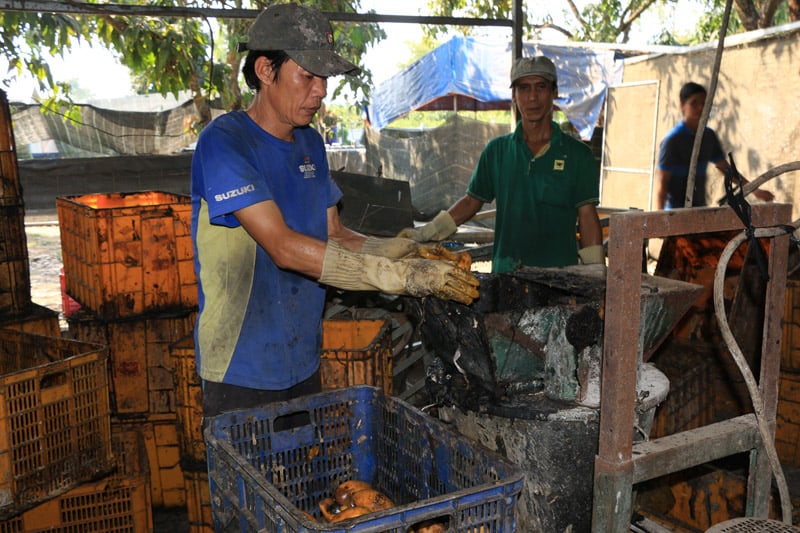
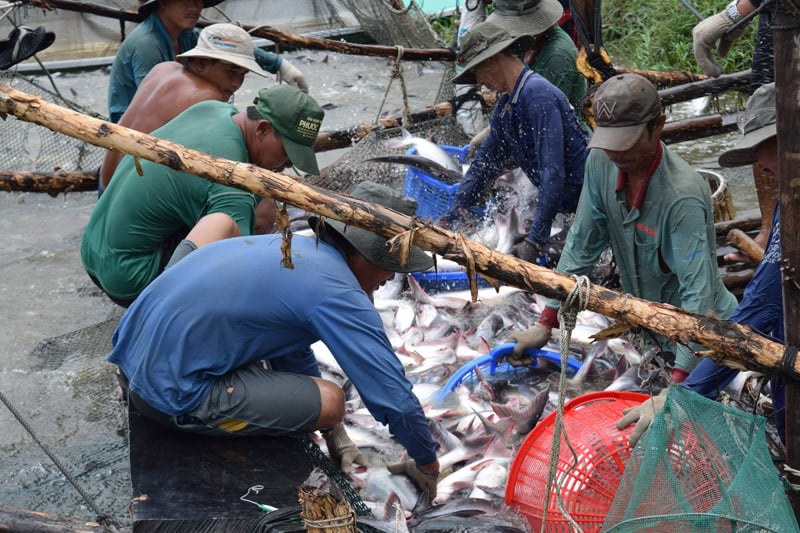
![[Photo] Press delegation meeting to visit Truong Sa and DK1 Platform](https://vphoto.vietnam.vn/thumb/1200x675/vietnam/resource/IMAGE/2025/5/22/6b8d232877ec421a9e8187d83b9f8006)

![[Photo] General Secretary To Lam chairs a working session with the Central Internal Affairs Commission](https://vphoto.vietnam.vn/thumb/1200x675/vietnam/resource/IMAGE/2025/5/22/3b7790f499da45b2803d8ae253207ef1)

![[Photo] T&T 1 and Ho Chi Minh City 1 People's Police Teams won the men's and women's team championships](https://vphoto.vietnam.vn/thumb/1200x675/vietnam/resource/IMAGE/2025/5/22/39db06ae67cb4001b7a556e8d9a56d07)
![[Photo] Prime Minister Pham Minh Chinh chairs meeting on draft Resolution of National Assembly on International Financial Center in Vietnam](https://vphoto.vietnam.vn/thumb/1200x675/vietnam/resource/IMAGE/2025/5/22/d398664ff1a140629169ea5a24e1b4d0)
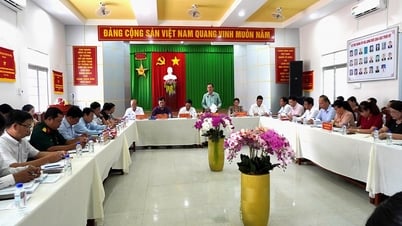
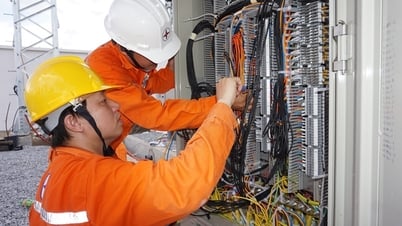
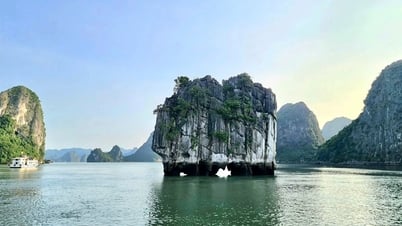
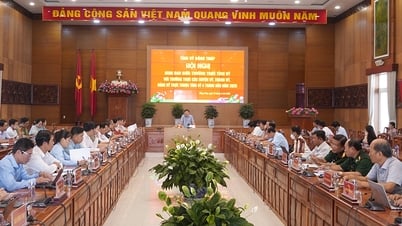
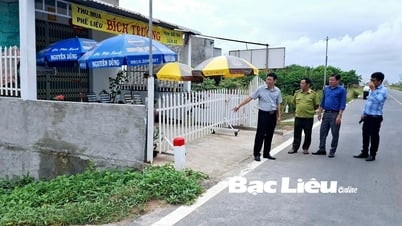
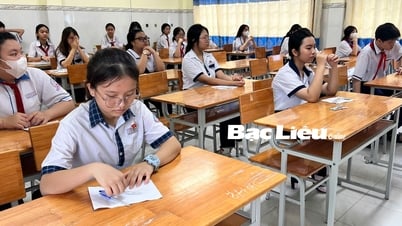




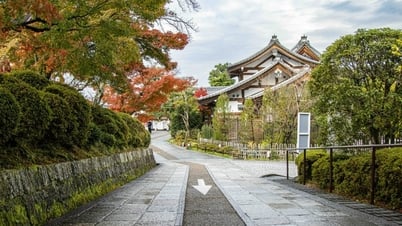


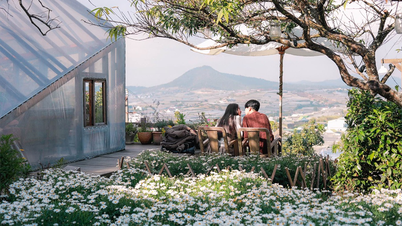
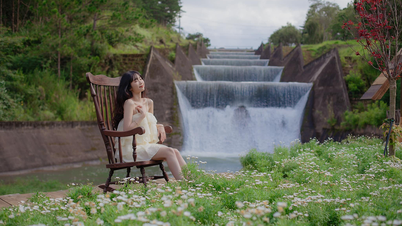
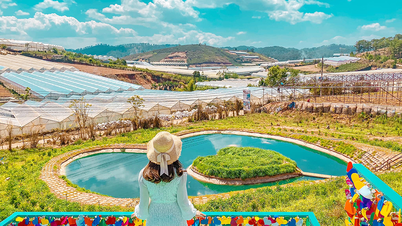


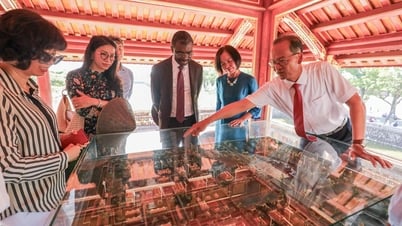







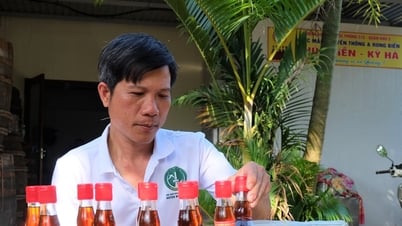

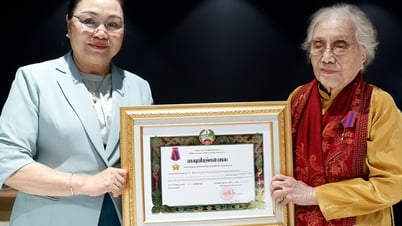

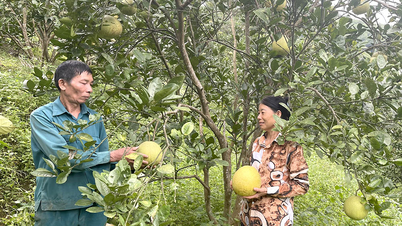

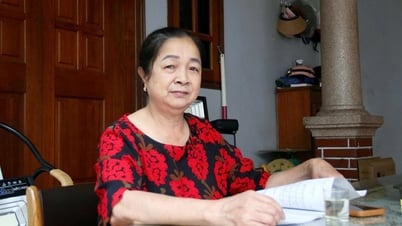







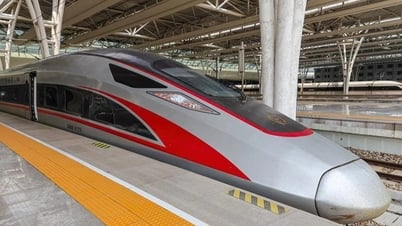
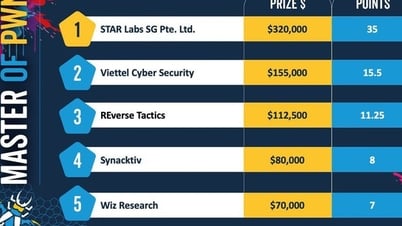



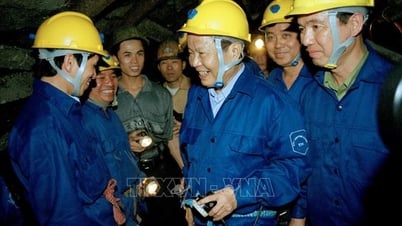
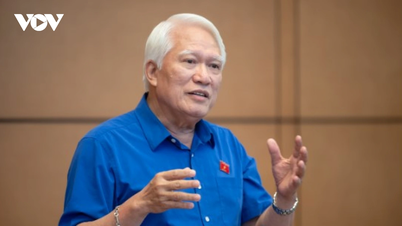

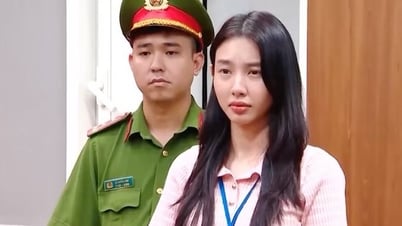


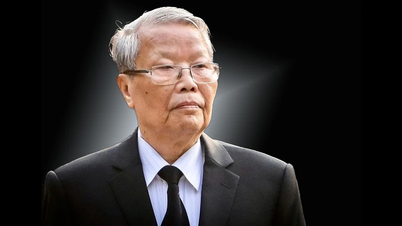
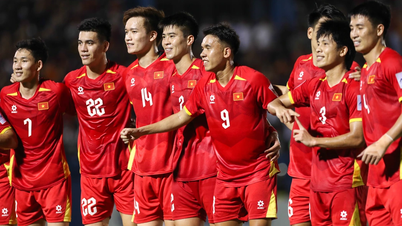

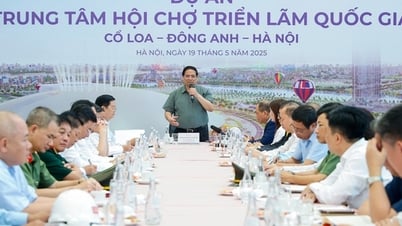

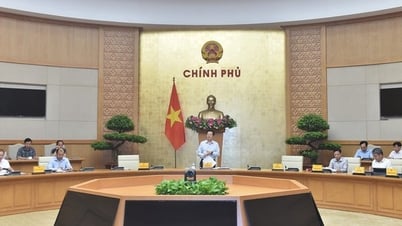
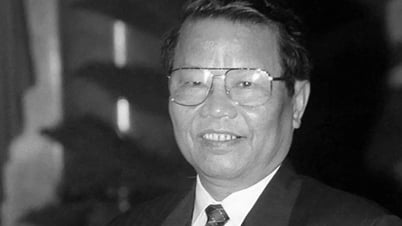






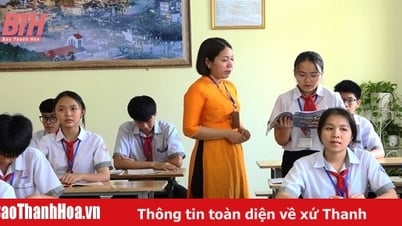

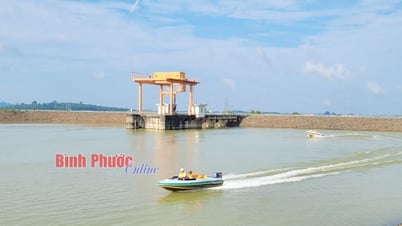

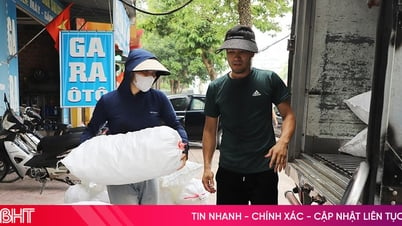

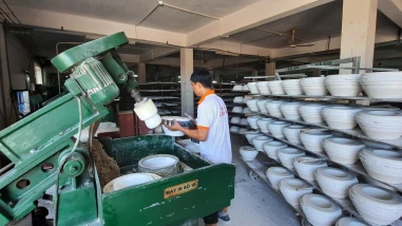







![[Podcast] Week introducing more than 500 OCOP products in Hanoi](https://vphoto.vietnam.vn/thumb/402x226/vietnam/resource/IMAGE/2025/5/22/d144aac2416744718388dbae3260e7fd)



Comment (0)